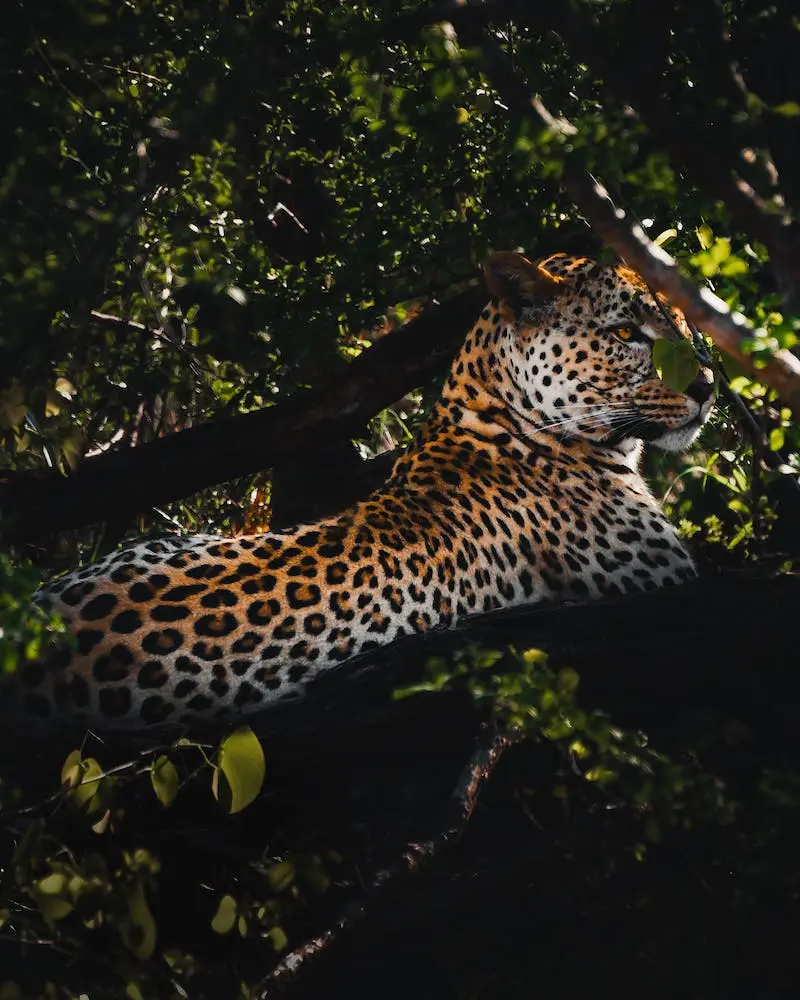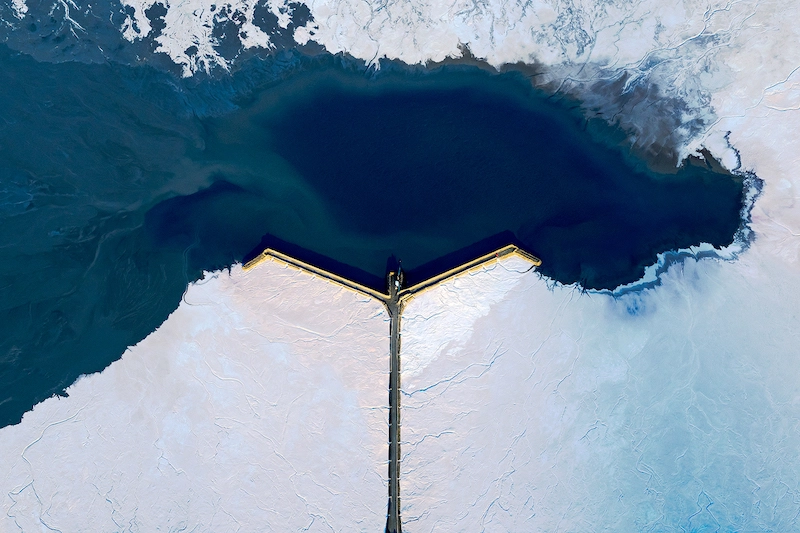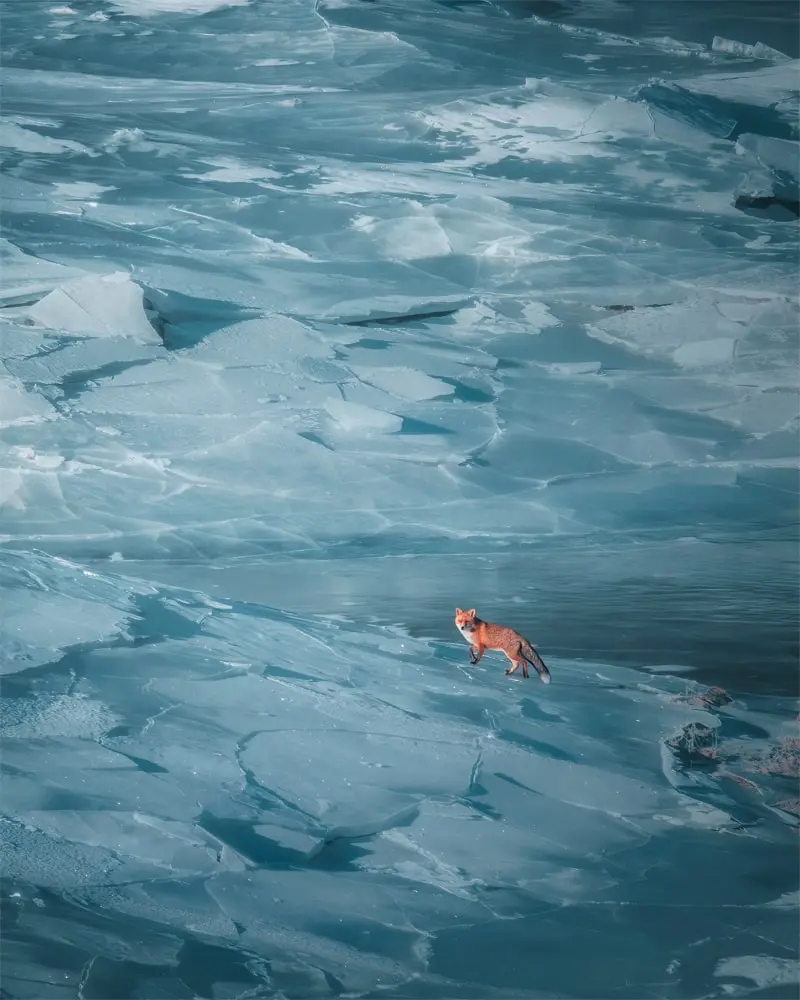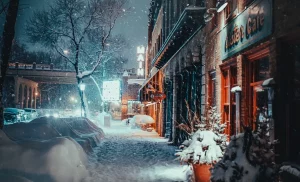Photography is not only an art, but also a weapon. It is at the forefront of today’s environmental struggle, powerfully illustrating the realities of climate change, biodiversity loss, pollution, and other ecological issues.
Nature, too often relegated to a mere backdrop, is brought to the forefront by committed photographers to raise awareness and spread valuable information. When harnessed by skilled photographers, the image becomes a potent tool to track the world’s evolution and reveal sometimes harsh truths. From nature photography to the work of dedicated photographers, we explore how photography can serve ecology.
The Mirror of Nature: Naturalist Photography
Nature, the Muse of Cultural Trends
The Elopement: Celebrating Love in Nature's Embrace
Today, it’s trendy to say “I do” with just a small group of loved ones in an extraordinary setting—a sublime landscape that showcases the splendor of nature. This is the phenomenon of the Elopement, which literally means leaving home in secret to get married without parental permission. Whether on a snowy mountaintop, in the sand dunes of the Sahara, or on a hill surrounded by hay bales, the bride and groom seek a special, timeless, magical, intimate, and natural moment. It’s an anticipation of the honeymoon, no doubt, but with an eye to economic sobriety as well.
No more impersonal and costly wedding parties in lounges; instead, we choose simplicity and unique scenery to create a cinema-worthy experience. Photography plays a vital role in immortalizing the union amidst this natural decoration.
The work of @elopementlove is a superb example.
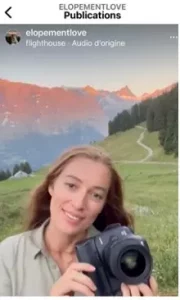


A New Generation: Responsible and Militant
The alarming news about the environment continues to accelerate with each passing year, as climate disruptions generate more and more upheavals. The younger generation is deeply concerned and actively seeking innovative solutions to slow down the process of irreversible damage. They bear witness to the world’s beauty as well as its flagrant degradation in their own unique ways. Let us commend their maturity and sharp focus on our environment. The presentation of their work on Instagram contributes to spreading this information and raising awareness. A few examples include Clarisse de Thoisy’s wildlife photography, Carolyn Cheng’s abstract landscapes, and Giancarlo Gallinoro’s expertise in capturing the cold regions and the Arctic.
Towards a New Code of Conduct
Today, every naturalist photographer must be acutely aware of their investigative work and how they engage their responsibility in each act. Anticipating and ensuring their safety can avoid expensive research and taking into account the carbon footprint of their travels can help preserve the environment. The search for exceptional subjects must be framed, which is why the Nature Group of the Royal Photographic Society proposed a framework in 1997, creating a code of conduct that every ethical photographer must apply.
This charter of good conduct was improved in 2007 and is based on several rules:
- The well-being of the subject is more important than the photograph. Photography should not be undertaken if it puts the subject in danger.
- Photography may be considered a criminal offense for some species.
- The photographer must be familiar with the natural history of the subject.
Practitioners of nature photography should respect the usual rules of courtesy.
Concerning nesting birds:
- The provisions of the Wildlife and Countryside Act 1981 must be respected at all times
- Rare species should only be photographed in areas where they are relatively common.
By adhering to this code, photographers can capture the beauty of the world while respecting and protecting the environment.
Photography: A Vector of Mobilization for Ecology
While being lucid on the collateral damage that such a photographic work can generate on nature, it is necessary to underline the extremely positive points of this photography, committed to support the cause of ecology: to inform and show the rise of water, the deforestation or the melting of glaciers, to highlight the species threatened by pollution or the loss of their natural habitat in order to support the efforts of conservation and protection of the environment. Showcase positive actions taken to restore wildlife, plants, or to generate a smaller carbon footprint to inspire others to do the same.
Make strong ideas contagious and contribute to the virtuous circle. Creating artistic works that are in touch with the environment and its modification so that they can be exhibited in museums or galleries, is also a way to encourage personal initiatives. As we can see, photographic work can serve as a detonator in behavioral changes and become a real mobilizing force.
Let’s mention, for example, the commitment of three photographers, founders of Climate Heroes, Max Riché, Luke Duggleby and Nicolas Axelrod, who challenge in images and videos the most beautiful individual initiatives that try to influence and propose a different reading of the world just by their daily actions.
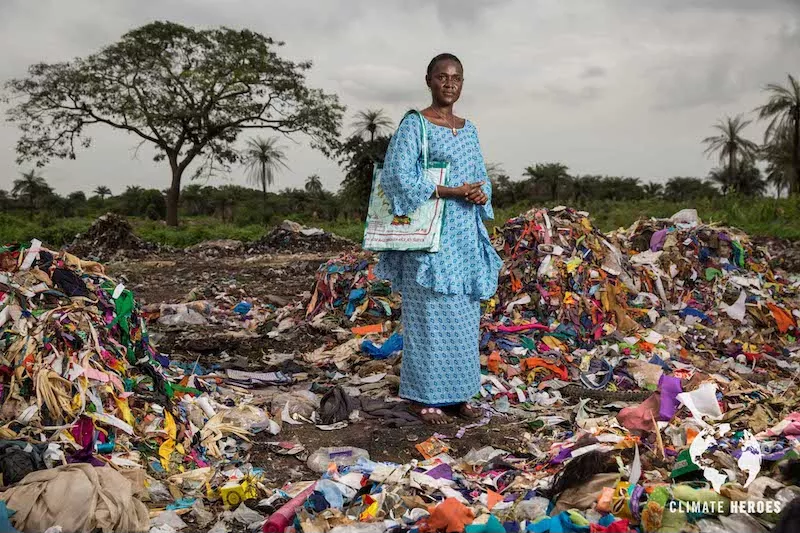

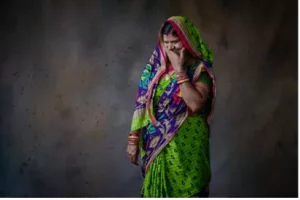
From Photography to Environmental Protection
Committed Photographers
In the same vein as Jean Giono’s story of the man who planted trees, Brazilian photographer Sebastiao Salgado chose to make a difference with his work. After witnessing the effects of violent climate change in his travels, including the suffering of the exhausted people, slaves, and starving of arid lands, he decided to take action to change the inevitable course of his childhood valley in Brazil, which had suffered deforestation. Over twenty years, his efforts, along with the Terra Institute he created, resulted in the reintroduction of 300 species of plants and replanting of 2,500,000 trees, covering 95% of a 700-hectare park. The institute now oversees 300,000 water sources.
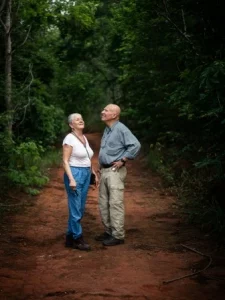
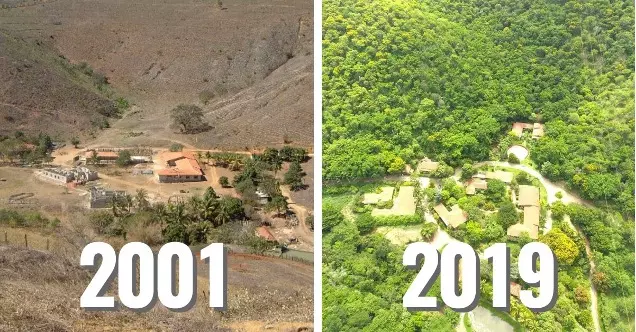
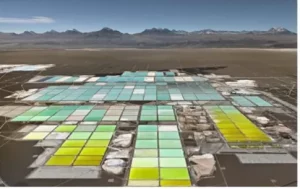
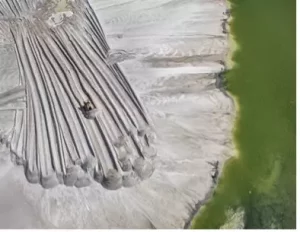

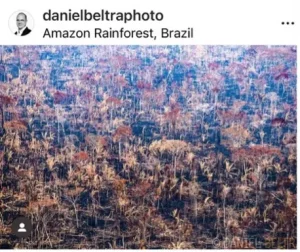
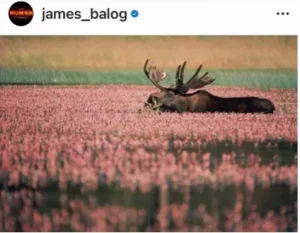

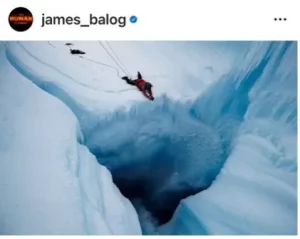
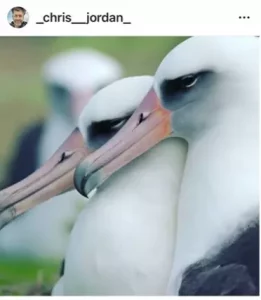
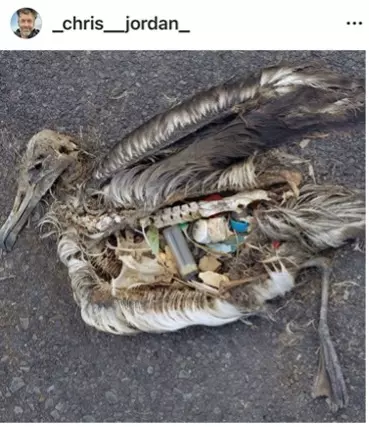

Can Naturalist Photography Influence Major Decisions?
Before being photographers, they are first and foremost sensitive individuals who raise their voices and make themselves heard. Their language comes from their images rather than their words, and they are resilient spirits who express themselves more through framing than rhetoric. Through their uncompromising reporting, sometimes at great personal risk, they help civil society understand the scale of daily upheavals. It is hoped that by informing as many people as possible, governing bodies will be forced to legislate for the protection, preservation, or rehabilitation of certain biotopes, in response to the magnitude of public demand. Ultimately, this may lead to the implementation of fundamental acts.
Photography: Mirror of Nature and Engine of Change
Photography is much more than a means of artistic expression. It is a way to raise awareness and a catalyst for action. It reveals the fragile beauty of our planet, undeniably shows the harmful consequences of human actions, and inspires conservation and change. Photographers, in their roles as witnesses and storytellers, play a key role in capturing moments that can inspire wonder, excitement, awareness, and ultimately mobilization.
Committed photographers, through their meticulous and passionate work, remind us that we are all actors in the natural world and that our choices and actions have a direct impact on its future. Far from being mere spectators, we are actors in this narrative, and it is our responsibility to choose actions that promote conservation and sustainability.
Photography is a powerful tool for saving the world, not with a single click, but image after image, story after story. Each photograph is a reminder of the beauty, fragility, and importance of our natural world. And each image is an invitation to act to protect it. In the end, photography is not only a mirror of nature, but also a mirror of ourselves, our values, and our determination to preserve what is precious and irreplaceable.
If it is possible to contribute to saving the planet with a click, let us be careful not to damage it with our other actions: try the Photographer Footprint Calculator.



